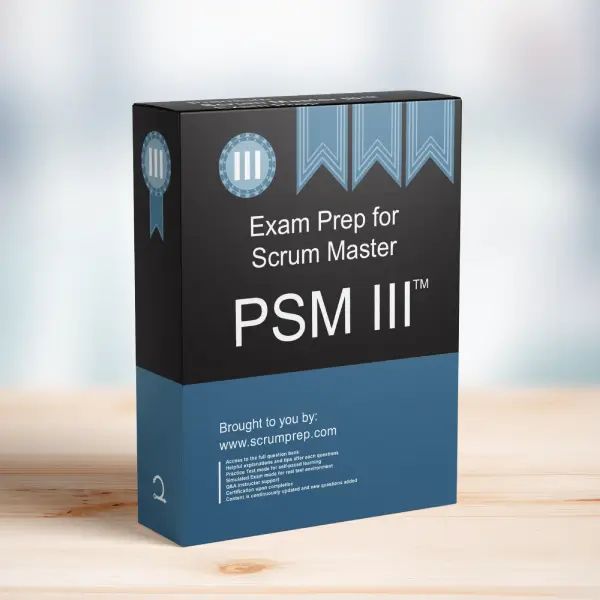Planning Complex Architectures and Infrastructures in Scrum
Scrum is a framework that embraces complexity by using an iterative and incremental approach to product development. This approach allows for continuous inspection and adaptation. When dealing with products and systems that have complex architectures and operate on sophisticated infrastructures, it is important to understand how these elements are planned and managed within the Scrum framework.
Exam Question
Many products and systems have complex architectures and operate on sophisticated infrastructures.
How are these planned in Scrum?
Is there a time period prior to the first development Sprint when these are planned and instantiated?
If so, how is the time to do this work figured into a plan?
Explanation
Planning Complex Architectures and Infrastructures in Scrum
- Emergent Architecture: Scrum emphasizes the concept of an emergent architecture, where the design and architecture evolve as the product is developed. Instead of detailed upfront planning, architecture in Scrum is built incrementally, allowing the Scrum Team to adapt to changes and new information as they arise.
- Architecture and Infrastructure Development: In Scrum, architecture and infrastructure are developed alongside the development of functionality. There is no dedicated time period before the first Sprint for planning or instantiation of architecture. Instead, these elements are integrated into the regular Sprint work, ensuring that they evolve as the product evolves.
Is There a Time Period Prior to the First Development Sprint?
- No Sprint 0: Scrum does not advocate for a “Sprint 0” or any time period prior to the first Sprint dedicated solely to planning or setting up architecture and infrastructure. All work, including architecture and infrastructure, begins in the first Sprint and continues iteratively.
- Continuous Integration into the Plan: The time required to develop and refine the architecture and infrastructure is integrated into the Sprints themselves. This ensures that these elements evolve with the product, maintaining alignment with the product’s needs and allowing for flexibility and adaptation.
Relevance to the PSM III Exam
Understanding how Scrum handles complex architectures within the iterative framework is crucial for the PSM III exam. It’s important to recognize that architecture and infrastructure are developed iteratively, without any upfront dedicated phases, which aligns with Scrum’s principles of delivering value continuously.
Key Takeaways
- Emergent architecture evolves alongside product development, allowing for flexibility.
- No Sprint 0: Architecture and infrastructure are developed during the Sprints, alongside functionality.
- Time for developing architecture and infrastructure is integrated into the regular Sprint work, ensuring continuous alignment with product goals.
Conclusion
Scrum’s iterative and incremental approach is well-suited for managing complex architectures and sophisticated infrastructures. By developing these elements alongside product functionality, Scrum ensures that the architecture evolves with the product, allowing for continuous delivery of value. For more insights into Scrum practices and preparing for the PSM III exam, visit our Scrum Master PSM III™ Exam Prep.



